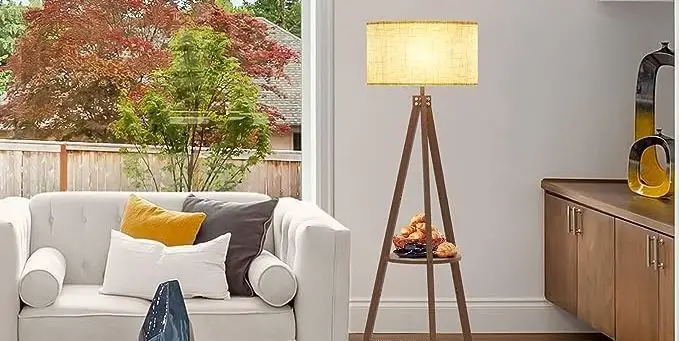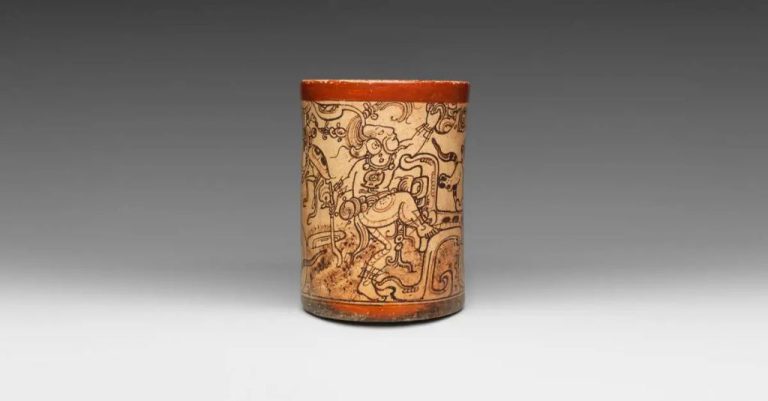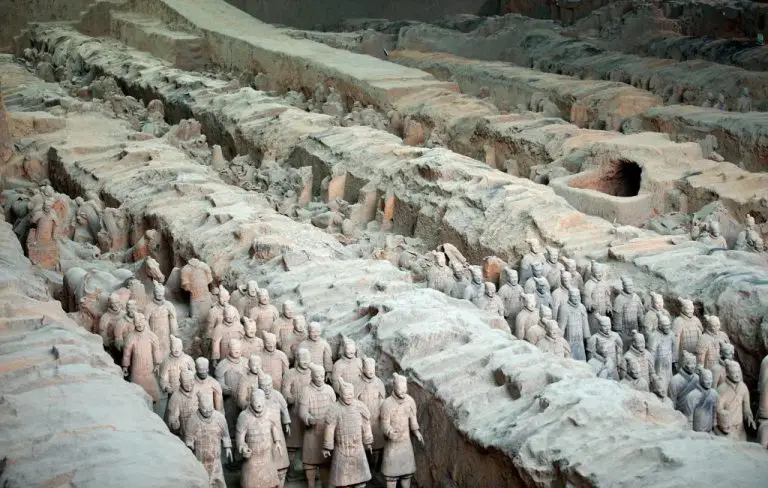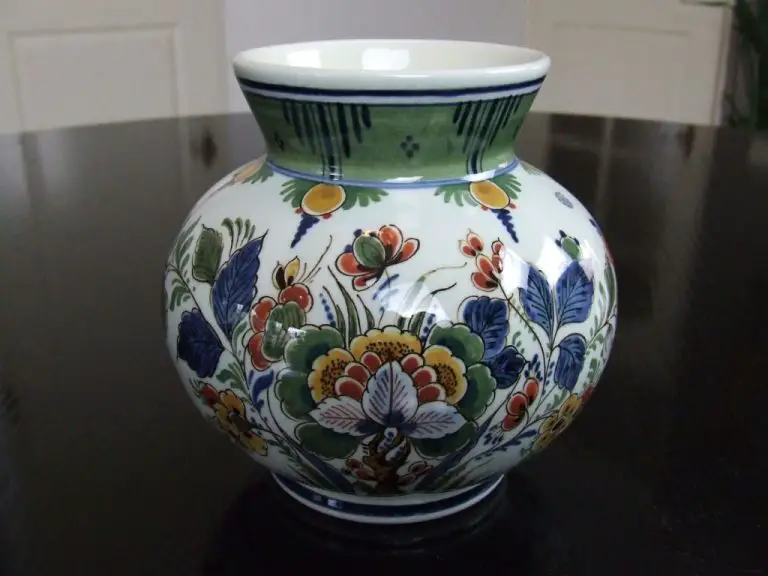Is Ceramic Tint Really That Much Better?
What is ceramic window tint?
Ceramic window tint refers to a specialized type of automotive and architectural window film made up of ceramics or metal particles suspended in a polymeric binder (https://www.vive-houston.com/blog/houston-texas-ceramic-window-tint-versus-regular-window-tint). Unlike traditional dyed films, ceramic tint does not contain dyes or metals like silver to block light and heat. The ceramic particles in the film help reject infrared light, reducing heat transmittance through the windows.
Ceramic tint films are highly effective at blocking heat and UV rays while maintaining visibility. The ceramic particles make the film better able to reject heat compared to standard films. The non-conductive and non-metallic nature of the ceramic also allows for less signal interference than with traditional metallic films.
How does it differ from traditional dyed films?
Traditional window tints are made from a polyester film that has been dyed to create the tint color. The dye blocks some light from passing through the film, but is less effective at blocking heat and UV rays compared to ceramic tints. Here are some key differences between traditional dyed films and ceramic tints:
Dyed films use a simple polyester material that is soaked in dye to create the tint color. Ceramic tints also start with a polyester film, but have additional ceramic nanoparticles layered onto the film. These nanoparticles better reflect and absorb solar radiation.
The dyed polyester film blocks less heat and UV light compared to the nanoparticle ceramic layer in ceramic tints. Dyed films typically reject between 50-65% of heat, while ceramic films can block over 90% of solar heat.
Over time, the dyed film is more prone to fading, bubbling, and peeling, especially with long term sun exposure. The ceramic layer in ceramic tints is more fade and scratch resistant. High quality ceramic tints are backed by a lifetime warranty against peeling, bubbling, and cracking.
Ceramic tint films provide better heat rejection, UV blocking, optical clarity, and longevity compared to traditional dyed polyester films. However, dyed films can be a more budget-friendly option for basic solar protection.
Key benefits of ceramic tint
Ceramic window tint offers several key benefits compared to traditional dyed window films:
Better heat rejection – Ceramic tints are more effective at blocking infrared light from entering your vehicle. This helps keep the interior cooler and reduces the load on your AC system (1).
Improved UV protection – Ceramic tints block up to 99% of ultraviolet rays, more than dyed films. This helps protect vehicle interiors from sun damage and occupants from skin cancer risks (2).
Increased longevity – The inorganic ceramic particles in these tints are more fade and scratch resistant. Quality ceramic films can last up to 10-15 years with proper care (3).
Higher clarity – Ceramic tints maintain better visible light transmission and optical clarity compared to darker dyed films. This provides safety and aesthetic benefits (1).
Overall, ceramic tint offers superior heat, UV, and glare protection for your vehicle while maintaining clarity and longevity. The advanced technology makes ceramic films one of the best choices for window tinting (2).
(1) https://www.jdpower.com/cars/shopping-guides/what-is-ceramic-window-tint
(2) https://premierdetailingandwash.com/6-benefits-ceramic-window-tint/
(3) https://www.fairfieldtintmasters.com/pros-and-cons-of-ceramic-window-tint
Potential Drawbacks of Ceramic Tint
While ceramic tint offers many benefits, there are some potential drawbacks to consider as well:
One drawback is that ceramic tint tends to be more expensive upfront compared to traditional dyed films. The specialized production process and materials used in ceramic tint make it cost upwards of $100-500 more for an average sedan installation according to https://www.tintix.com/ceramic-tint-vs-standard-films-pros-and-cons/. For some consumers, this extra cost may not be feasible.
Another potential drawback is that ceramic tint can be very difficult to install as a DIY project. The film is stiffer than traditional tint and requires specialized tools and techniques to apply properly without bubbling or creasing. Improper installation can lead to an unattractive finish according to https://www.globaltintusa.com/blog/2019/10/31/infographic-pros-and-cons-of-ceramic-window-tinting/. Professional installation is highly recommended.
Finally, ceramic tints tend to have more limited color options compared to dyed films. Most ceramic tints only come in charcoal or black shades. Consumers looking for a colored tint, like blue or purple, will likely need to go with a traditional dyed film instead.
How to Choose the Right Ceramic Tint
When choosing ceramic window tint, there are a few key factors to consider:
Visible Light Transmission (VLT) – This refers to the amount of visible light that can pass through the tint. A higher VLT percentage means the tint is lighter and more transparent. For the front windshield, a VLT of 70% or higher is recommended for safety and visibility. For side and rear windows, a VLT of 20-50% is common.
State Laws – Many states have restrictions on how dark you can legally tint your car windows, particularly for the front windshield and front side windows. Be sure to check your state’s regulations before deciding on a VLT percentage. Going darker than what’s allowed can lead to fines or needing to remove the tint [1].
Professional Installer – Due to the rigid, brittle nature of ceramic tint compared to dyed films, it takes great skill and precision to properly install. Hiring a professional, reputable shop will help ensure the tint goes on smoothly without bubbles, wrinkles, or scratches. This protects your investment and maintains the tint’s benefits.
Ceramic Tint Options and Prices
When it comes to ceramic tint, you have several brand options to choose from, each with their own percentage of ceramic content and price ranges. Some of the top ceramic tint brands include:
Llumar – Llumar’s FormulaOne ceramic tint film contains up to 98% ceramic particles and ranges from $150-500 installed (source).
3M – 3M’s Color Stable ceramic tint contains 50% ceramic material and costs $200-600 installed (source).
Huper Optik – Huper Optik’s ceramic tint contains up to 95% ceramic and runs $400-1200 installed (source).
So as you can see, there is quite a range when it comes to the ceramic particle percentage and price. Make sure to choose a trusted brand and consider the percentage of ceramic content that provides the level of heat rejection you need.
Ceramic Tint Maintenance
Though ceramic tint films are quite durable, proper maintenance is essential for longevity and keeping your windows looking great. To keep ceramic tint in top condition, it’s important to avoid harsh cleaning chemicals and abrasive cloths that could scratch the surface.
The best practice is to clean the windows using a soft, lint-free microfiber cloth and ammonia-free cleaner specifically designed for automotive window films, such as 3M’s Perfect-It Window Tint Cleaner. Rub the windows gently using light pressure and circular motions. Avoid using paper towels or abrasive sponges. This regular cleaning will help prevent dirt and debris buildup.
According to Premier Detailing and Wash, it’s also important to avoid going through automatic car washes frequently, as the brushes could gradually damage the film over time. They recommend hand washing for best results.
With proper maintenance, high quality ceramic films like those from Llumar can last up to 15 years before needing replacement. Avoiding damage from improper cleaning is key to maximizing the lifespan. If the film does start to appear cloudy, purple or oxidized, replacement is likely needed.
DIY ceramic tint installation
Installing ceramic tint yourself can save money compared to hiring a professional, but it requires patience and care. Here’s an overview of the DIY ceramic tint installation process:
You’ll need a few basic tools like a razor blade, spray bottle, squeegee, and tape. Be sure to use new, clean razor blades and squeegees to prevent scratching the film. Gather supplies like soapy water solution, microfiber towels, and plastic applicator cards.
Thoroughly clean the window surface so it’s free of dirt and debris. Carefully cut the ceramic tint to size and spray the window with soapy water. Apply the film to the window and use a squeegee or plastic card to push out water and air bubbles. Trim any excess tint around the edges.https://tintdepot.com/do-it-yourself-window-tinting/
Take your time with each step – rushing can lead to bubbles and an uneven look. Installing tint on curved windows or back windows can be quite difficult for beginners. Large panes or whole windshields are also very challenging.
With care and patience, DIY ceramic tint can yield good results. But hire a professional if attempting large or complex window tinting.
Professional ceramic tint installation
Getting your ceramic tint professionally installed comes with several benefits compared to a DIY job. According to this Reddit thread, professional installers are experienced at applying tint smoothly and eliminating bubbles/creases in the film. They use specialized tools and techniques to get a flawless look. Professional installers also provide warranties on their work, typically 5 years or more. If the tint peels or develops any issues, they will repair it under warranty.
The average cost for professional ceramic tint installation ranges from $200-500 depending on your location and the shop. According to FloridaTinting.com, expect to pay $225-$895 for installation of ceramic film. When choosing an installer, look for an experienced shop that specializes in tint with many years in business and positive reviews. Make sure they use a high-quality film from a reputable brand like 3M or LLumar. Ask about the warranty period to ensure your investment is protected.
While a professional install costs more upfront, the results are worth it. You’ll get a flawless, bubble-free tint application that provides UV protection and heat reduction for years to come. The warranty also provides peace of mind down the road. For most car owners, paying a little extra for professional ceramic tint is a smart investment.
Is ceramic tint worth the investment?
When considering whether to invest in ceramic window tint, it’s important to weigh the pros and cons and assess the long-term value. Ceramic tint offers superior heat rejection, UV protection, clarity, and durability compared to traditional dyed films (source). However, it also comes at a significantly higher upfront cost. Prices can range from $500-1200 for a full set of ceramic tint on a sedan, while regular tint may cost $150-350 (source).
For many car owners, this increased cost is well worth it to get the maximum heat, glare, and UV protection that ceramic offers. The film is extremely durable and can last 10-15 years with proper care, versus 3-5 years for dyed films. This longevity offsets the higher initial investment over time. However, for budget-conscious consumers or those who plan to replace their car sooner, traditional tint may be the better option.
In general, ceramic tint provides the most benefits for those in hot, sunny climates who prioritize interior protection and want their tint to last the lifetime of their car. It also appeals to drivers who simply want the best quality and performance. If you drive an expensive vehicle that you plan to keep long-term, ceramic films are an excellent investment. However, traditional tint still offers good bang for your buck if you’re on a tighter budget or live in a less extreme climate.




